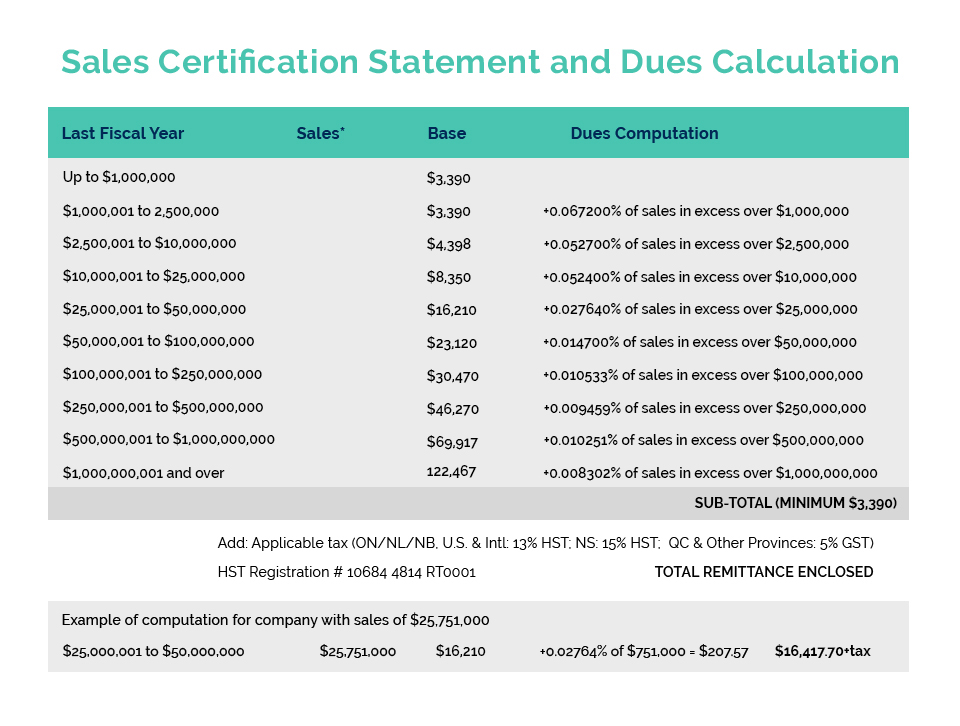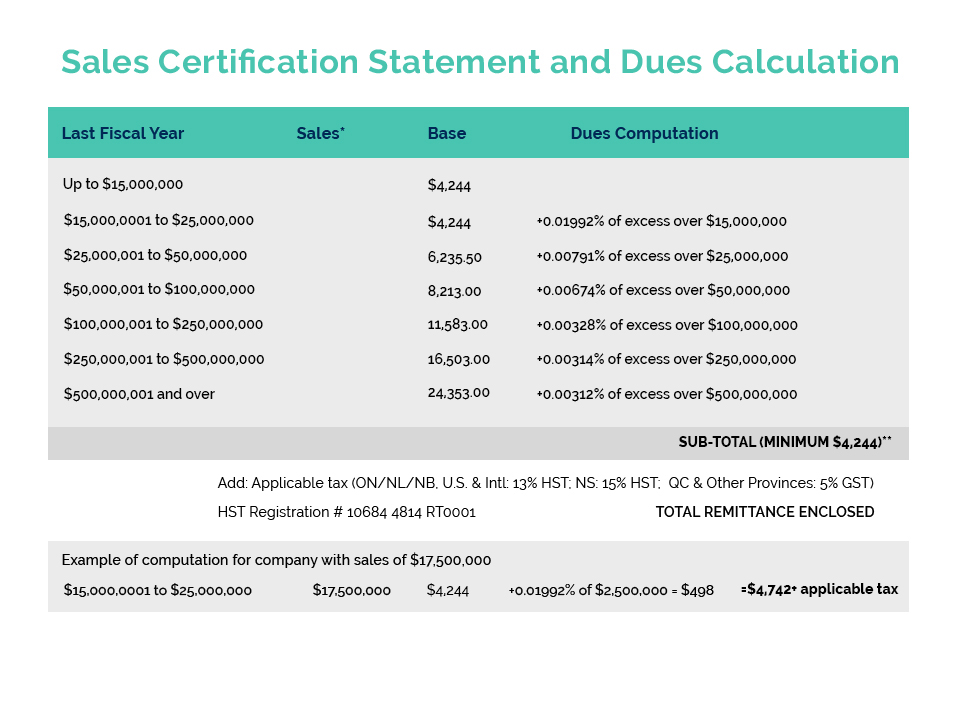Cosmetic products are designed to work at the skin’s surface. Forms of cosmetic products include:
Solutions – ingredients are dissolved in water or another liquid
Creams & Lotions – emulsions composed of water and oil
Ointments & Pastes – thick anhydrous (without water) cream typically used for therapeutic purposes
Suspensions – liquids with suspended solid particles such as liquid foundation or shampoo
Gels – water or alcohol solutions thickened with gelling agents
Sticks – solid anhydrous products such as lipsticks and antiperspirants
Powders – the simplest form of a solid cosmetic product containing solid materials blended together
Aerosols – they are given their form by their type of packaging and are spray-on products
How much of a product is absorbed by the skin depends on the following:
- formula base of the product
- type and concentration of ingredients
- amount of skin exposed to the product
- length of time skin is exposed to the product
- condition of the skin
- variation between individuals
The role of Ingredients:
Each ingredient in a personal care product has a specific role. The ingredients selected by the formulator depends on the physical properties needed or desired in the finished product. While some ingredients or combinations of ingredients are very effective, others are not.
Active versus Inactive Ingredients:
These terms are usually used in relation to drugs and natural health products. Active ingredients are those which have a therapeutic or medicinal benefit while inactive ingredients do not. For example, the ultraviolet (UV) filter in a sunscreen is an active ingredient.
Ingredient Categories:
The primary ingredient categories which may be found in cosmetics and personal care products are:
| Ingredient | Definition | Example |
|---|---|---|
| Antioxidants | Prevent oxygen from degrading the cosmetic product | Vitamin E |
| Binding Agents | Keep materials binded together in a formulation | Isostearic Acid |
| Emollients | Form a layer on the skin to help skin stay moisturized | Waxes and Oils |
| Humectants | Help the skin care product maintain moisture while on the skin | Glycerin |
| Lipids | Create a skin barrier and provide a slippery feel | Silicones, e.g. cyclomethicone |
| Preservatives | Used in products containing water to prevent growth of bacteria, yeast and mold | Parabens, e.g. propylparaben |
| Solvents | Dissolve ingredients into a liquid form | water, alcohol, isobutyl acetate |
| Surfactants | Cleaning agents that dissolve dirt and oil | Ammonium Laureth Sulfate |
| Colorants | Used for aesthetic purposes and to sometimes cover undesirable colours | Red 40 Lake |
| Fragrances | Used for aesthetic purposes and sometimes to mask an undesirable odour | Fragrance e.g. rosemary oil |
| Thickeners | Enhance the viscosity and stability of a liquid product | Xanthan Gum |
Organic and Natural in Canada
All organic and natural claims made on a product label and in advertising must be true and verifiable.
Organic:
- refers to the way ingredients are sourced and/or processed without the use of synthetic chemicals, fertilizers, and antibiotics
- currently, there are no Health Canada standards or regulations specifically for the labelling of “organic” cosmetics
- some independent bodies that certify organic products include ECOCERT, the U.S. Department of Agriculture (USDA) and COSMOS
Natural:
- refers to the source of the ingredients derived from plants, animals and/or minerals
- natural ingredients may or may not be organic
- currently, there are no Health Canada standards or regulations for the labelling of “natural” cosmetics, however a product consisting of a naturally derived ingredient may or may not be classified as a natural health product (or NHP)
- synthetic ingredients are usually identical in chemical composition to the natural ingredient, however synthetic ingredients may actually be purer and more stable than the natural version
Misinformation and Rumors
Misinformation and rumors are common in all industries including cosmetics and personal care products. Some key points to remember when advising your customers include the following:
- cosmetics and personal care products are strictly regulated by Health Canada and cannot be sold if they cause injury or harm to human health when used as intended
- Health Canada stays up to date with the latest scientific developments around the world regarding ingredient safety
- if there is a real problem with an ingredient or product, Health Canada bans or restricts the ingredient and/or recalls the product
- products that have had advisories or recalls are listed on the Health Canada website
Product Shelf-Life
All products have a “shelf-life” during which they are most effective. Shelf-life can vary with the type of product, ingredients, preservatives, and how the product is stored. Currently, there are no Canadian regulations requiring the printing of an “expiration date” on cosmetic products. Products that are drugs or NHPs, however, are required to include an expiration date on the product label. (In the Eurpoean Union (EU), cosmetic products with a shelf-life of at least 30 months need to indicate the “period after opening” (PAO) for which the product can still be used. The PAO symbol is an icon of an open cosmetics container with the number of months or years listed. Many companies that sell products in both Canada and EU will include this on all labels.)








